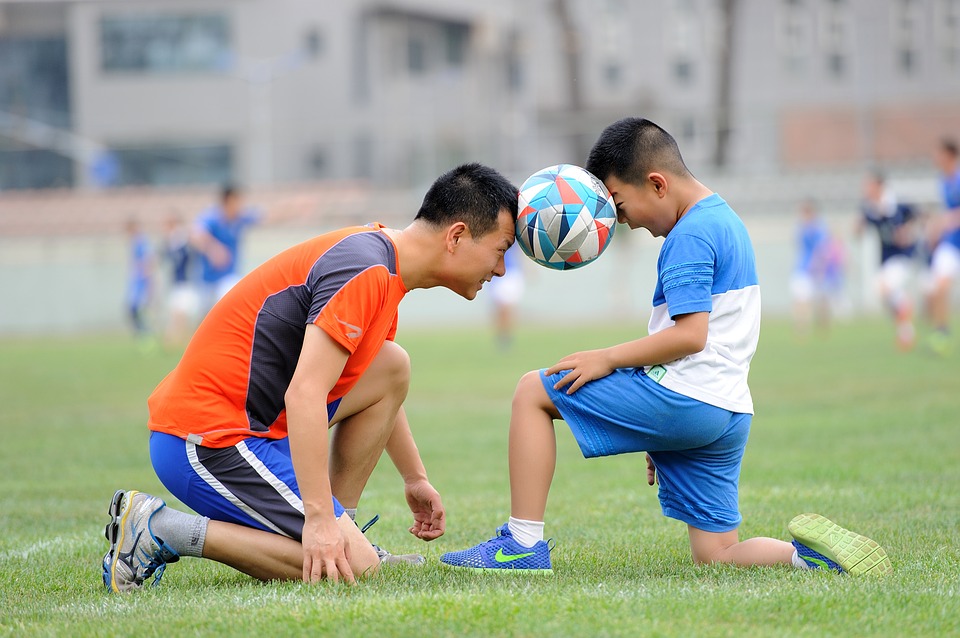
Keeping your family fit and healthy is a challenge. It’s not that easy maintaining a healthy lifestyle all year round because people, especially kids, are drawn to processed and sugary foods. Anything that’s green and fresh is often considered unpalatable because of the influence of tempting food commercials.
As a responsible family member, your job is to make sure that everyone at home gets the essential nutrients he or she needs to ward off sickness and diseases like flu, obesity, and diabetes. Providing healthy and nutritious snacks is an excellent strategy to promote health in your family.
In this article, we’ve prepared a list of the best snack foods that are sure to delight everyone. These snacks guarantee that your family eats right without the dangers of processed carbs and sugar. Read on.
Banana Nut Oatmeal
Nothing is healthier in the morning than a bowl of oatmeal. Oatmeal is a wholegrain which is a healthy source of fiber that lowers bad cholesterol (LDL). If you find oatmeal a bland choice for snacks, mix it with sliced bananas, chopped walnuts, and a teaspoon of ground cinnamon.
Bananas help lower your risk for developing asthma and are a good source of vitamin C. Walnuts support brain health by improving cognitive function. Lastly, ground cinnamon contains anti-inflammatory properties that relieve allergies.
Apple Slices with Organic Peanut Butter
Do your kids hate apples? Apples are extremely beneficial since they’re rich in polyphenols, plant chemicals that work as antioxidants to fight off free radicals in the body. Polyphenols offer protection from heart disease and certain cancers.
To make apples super tasty, the trick is to add a spread of organic peanut butter on each slice. This isn’t only a yummy snack treat, but also provides added protein and potassium.
Strawberry Almond Smoothie
Here’s an easy to make, delicious snack that’ll satisfy your family’s mid-morning or afternoon cravings: Strawberry almond smoothie. Consuming smoothies is a creative way to incorporate fruits into your daily diet. Adults and kids love smoothies since they’re cold and creamy.
To prepare strawberry almond smoothie, simply blend strawberries, almond milk, sugar, and tofu. You can use Splenda as a sugar substitute. Adjust your sweetness preference. Strawberries and almond milk promote a healthier brain and nervous system while tofu provides all eight essential amino acids.
Frozen Yogurt Blueberry Bites
If anyone in your family is a sweet tooth, he or she will absolutely love frozen yogurt blueberry bites. These deliciously sweet and sour treats can be the best substitute for any unhealthy dessert. Loaded with calcium, antioxidants, and fiber, you can pop as many as you want in your mouth without the guilt of gaining weight.
You only need 10 minutes to prepare these frozen yogurt blueberry bites. Line a baking sheet with parchment paper. Prepare a bowl of blueberries and a bowl of Greek yogurt. Poke each blueberry with a toothpick and dip it into the Greek yogurt. Place each dipped blueberry on the sheet. Once you’re done, freeze the dipped blueberries for about an hour.
Celery with Peanut Butter and Raisins
Kids love calling this snack treat Ants on a Log. Adding a spread of peanut butter and raisin on a celery stick is a great way to have fun with this versatile vegetable. Because celery contains vitamins such as A, C, E, and B6, it lowers cholesterol levels, promotes healthy joints, and calms the nerves.
The addition of peanut butter and raisins add taste to the celery and provides your family with protein, potassium, and iron.
Conclusion
An effective way to help family members gain healthy eating practices is to provide them with nutritious and delicious snack foods. Snacking for children and adults is an important element of a healthy lifestyle. You can be as creative as you want when preparing snack treats. Don’t be afraid to mix and match fruits, vegetables, and whole grains.







